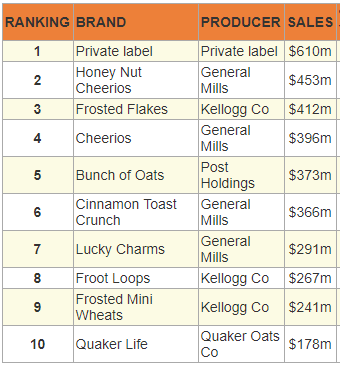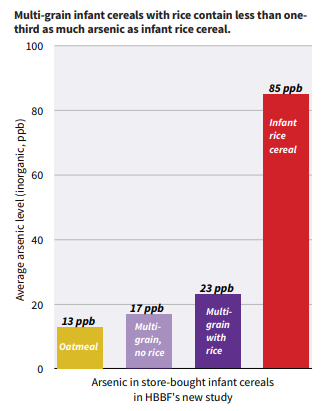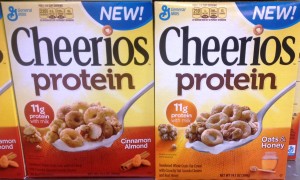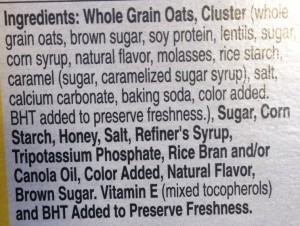Annals of Marketing: A Sugary Cereal for Toddlers
Coming soon to a supermarket near you: Baby Shark cereal.

I am so out of it. I never heard of the song, Baby Shark, before seeing this story about Kellogg’s new cereal—aimed at toddlers.
The song, I gather, is adored by babies, less so by their parents, but never mind: it is expected to sell lots of cereal.
I searched for a Nutrition Facts label online, but could not find one (the cereal won’t be available until mid-September, apparently.
I did see this at the bottom corner of the box:

One and one-third cup of this stuff provides 150 calories, 190 mg of sodium, and 15 grams of sugars. Oh great, 40% of calories from sugars.
Another sugary cereal for kids, this one for little kids!
Do food companies market directly to children? Yes, they do.




 Next, see what’s happening to breakfast from the point of view of the food industry.
Next, see what’s happening to breakfast from the point of view of the food industry.




